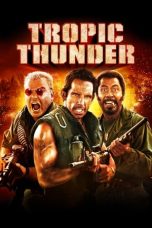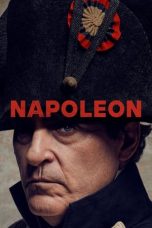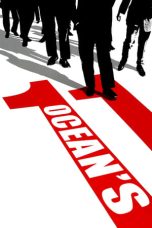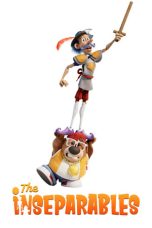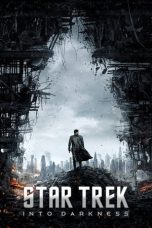- Source: PIC (markup language)
In computing, Pic is a domain-specific programming language by Brian Kernighan for specifying line diagrams.
The language contains predefined basic linear objects: line, move, arrow, and spline, the planar
objects box, circle, ellipse, arc, and definable composite elements.
Objects are placed with respect to other objects or absolute coordinates.
A liberal interpretation of the input invokes
default parameters when objects are incompletely specified.
An interpreter translates this description into
concrete drawing commands in a variety of possible output formats.
Pic is a procedural programming language, with variable assignment, macros, conditionals, and looping. The language is an example of a little language originally intended for the comfort of non-programmers in the Unix environment (Bentley 1988).
History
Pic was implemented using Yacc compiler-compiler.
Implementations
Pic was first implemented as a preprocessor in the troff document processing system but is now often used with LaTeX. The pic preprocessor filters a source document, replacing diagram descriptions by drawing commands in a specified format, and passing the rest of the document through without change. Alternatively, diagram source is passed through the preprocessor to produce a file for insertion into the
document source.
A version of pic is included in groff, the GNU version of troff. GNU pic can also act as a preprocessor for TeX documents, emitting its own tpic DVI specials, which aren't as widely supported as those of other TeX graphic facilities. Arbitrary diagram text can be included for formatting by the word processor to which the pic output is directed, and arbitrary graphic processor commands can also be included.
= DPIC
=Dwight Aplevich's implementation, DPIC, can also generate pdf, postscript, svg, and other images by itself, as well as act as a preprocessor producing several LaTeX-compatible output formats. The three principal sources of pic processors are GNU pic, found on many Linux systems, and dpic, both of which are free, and the original AT&T pic.
= Pikchr
=Pikchr (pronounced "picture") is a modern replacement for Pic in some contexts, designed to be embedded in Markdown, instead of troff or LaTeX. It should run most of the example scripts contained in the original technical report on Pic with little to no change. Created by D. Richard Hipp, in August 2020, it is used in Fossil, SQLite, and Subplot.
Alternatives
Pic has some similarity with MetaPost and the DOT language.
See also
Eqn language
References
Notes
Kernighan, Brian W. (1982). "PIC - A Language for Typesetting Graphics". Software: Practice and Experience. 12 (12): 1–20. doi:10.1002/spe.4380120102. S2CID 59543886.
J. Bentley. More Programming Pearls, Addison-Wesley (1988).
External links
Making Pictures With GNU PIC
Troff resources (see the "pic" section)
DPIC, an implementation of the PIC language by Dwight Aplevich. This implementation has a few nice extensions and outputs many different image formats.
figr, web based pic renderer.
Brian W. Kernighan (1991). PIC — A Graphics Language for Typesetting. User Manual (PDF). CSTR #116 (Technical report) (Revised ed.). Bell Laboratories.
GNU pic2plot "takes one or more files in the pic language, and either displays the figures that they contain on an X Window System display, or produces an output file containing the figures. Many graphics file formats are supported."
Pikchr
Kata Kunci Pencarian:
- Daftar perwakilan Jepang untuk Film Internasional Terbaik pada Academy Award
- ImageMagick
- PIC (markup language)
- History of programming languages
- List of computing and IT abbreviations
- QML
- Troff
- List of file signatures
- EPUB
- List of programming language researchers
- Cross-linguistic onomatopoeias
- Picasa
Wheels on Meals (1984)
Napoleon (2023)
Ocean’s Eleven (2001)
Beauty of Beauties (1965)
The Inseparables (2023)
Star Trek Into Darkness (2013)
No More Posts Available.
No more pages to load.
